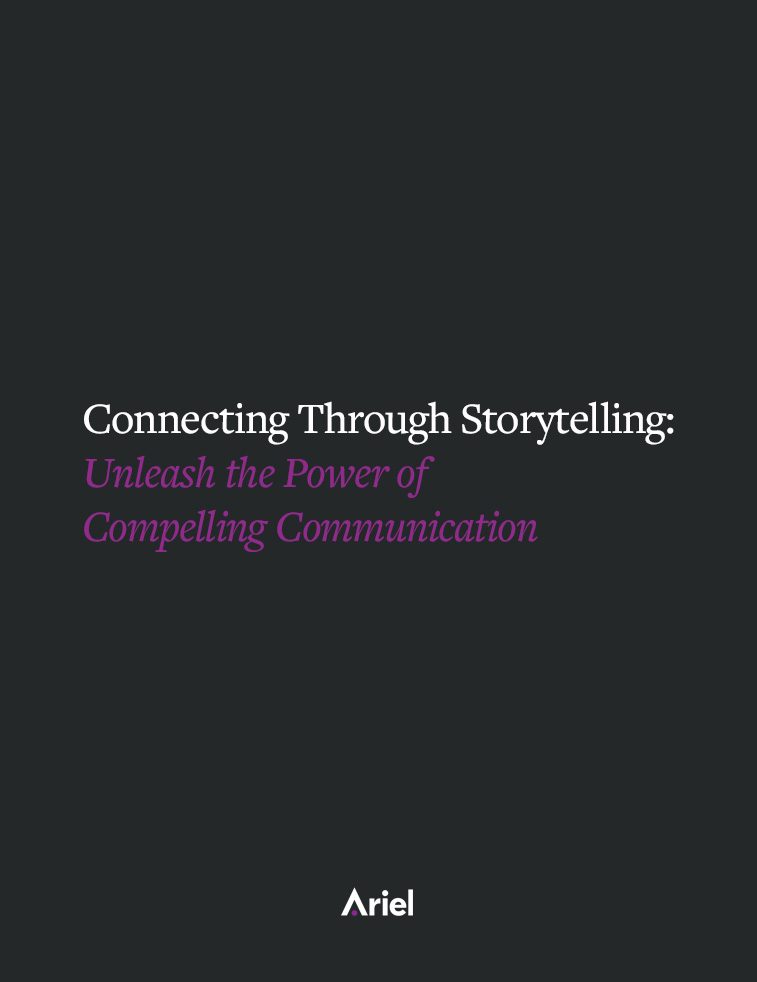Story Slams for Fun and Development

Stories create instant empathy between the storyteller and the listener. Thanks to so-called “mirror neurons” in our brains, stories can literally cause the listener’s brain to fire in the same patterns as the speaker’s.
Two blocks before arriving at Badlands, a music venue in Park Slope, Brooklyn, I can see the line of people snaking down the street and around the corner. Tightening my coat and finding my way to the end of the line, I take in the characteristics of the waiting throng: mostly young and hip. A typical crowd for the venue, Badlands, which usually present up-and-coming indie bands.
But on this damp and chilly Monday evening in March, these folks are not here for music. They are braving the weather to hear stories. Some are even hoping to tell stories themselves. Monday, you see, is Moth StorySlam night.
A story slam is an open microphone event where you can choose to drop your name in a hat. Get picked, you climb onstage and tell your story—a true one, about yourself, five minutes or less. Usually there is a theme for the evening, like “Close Encounters” or “High Anxiety.” And, as with poetry slams, a winner is chosen.
These are raucous events, with stories cheered and judges sometimes booed.
As an Ariel Group coach and facilitator, I often help my clients create personal stories designed to make a business point. I love my work. And I am not alone in the pleasure I take in a story well-crafted and well told. Over and over I have witnessed the immediate shift in listening-energy that occurs—in a conference room, an auditorium, or hotel ballroom —when a speaker segues to a story. “I am standing at the edge of the high diving board…” or, “My family only went camping once when I was girl…” You can literally watch the audience settle in and listen up.
There’s a reason for that. Stories create instant empathy between the storyteller and the listener. Thanks to so-called “mirror neurons” in our brains, stories can literally cause the listener’s brain to fire in the same patterns as the speaker’s. Stories can also stimulate the production of the brain’s “feel good” chemical, oxytocin. The need for stories seems to be embedded in our DNA.
And judging by the youth of the crowd outside the StorySlam in Brooklyn, today’s high-tech, multi-tasking world has not diminished that need. If anything, it has deepened the hunger for the direct human connection that stories provide.
The greatest measure of effectiveness for a story in a business setting is when you see it become the metaphoric language that carries a vital team message. When I hear one member of an organization remind another, “Hey, don’t climb that diving board if you aren’t prepared to jump,” or, “Before you crawl in a sleeping bag always check for snakes,” then I know that a story—and more importantly, its message—has taken root. Stories are internalized in a way that dry facts are not.
Why not take advantage of the fact that storytelling is having its moment in the sun? Get out there and experience some live stories. Learn firsthand what makes a great story great. Currently, The Moth is the five-hundred-pound gorilla of live storytelling. It produces Slams in about twenty US cities, as well as Dublin and London. It also produces MainStage shows—curated events with selected storytellers telling somewhat longer tales. (I am honored to be a Moth MainStage storyteller myself. Search my name at themoth.org to hear my actor’s nightmare experience getting killed by Hannibal Lecter in The Silence of the Lambs.)
Whether The Moth is the sponsor or not, great storytelling is everywhere these days. Searching Google, and mapping my travel itinerary over the next six weeks, I found live storytelling events in or near Bethesda, Maryland; Cambridge, Massachusetts; St. Louis, Missouri; Cupertino, California; Amsterdam, Holland; and Williamsburg, Virginia.
Consider tapping into this master class in one of the most powerful communication tools on the planet. Learn by watching and listening or – better yet – throw your name in the hat. It’s never been easier to build your skills—and, in business, the need for skilled storytelling has never been greater.

